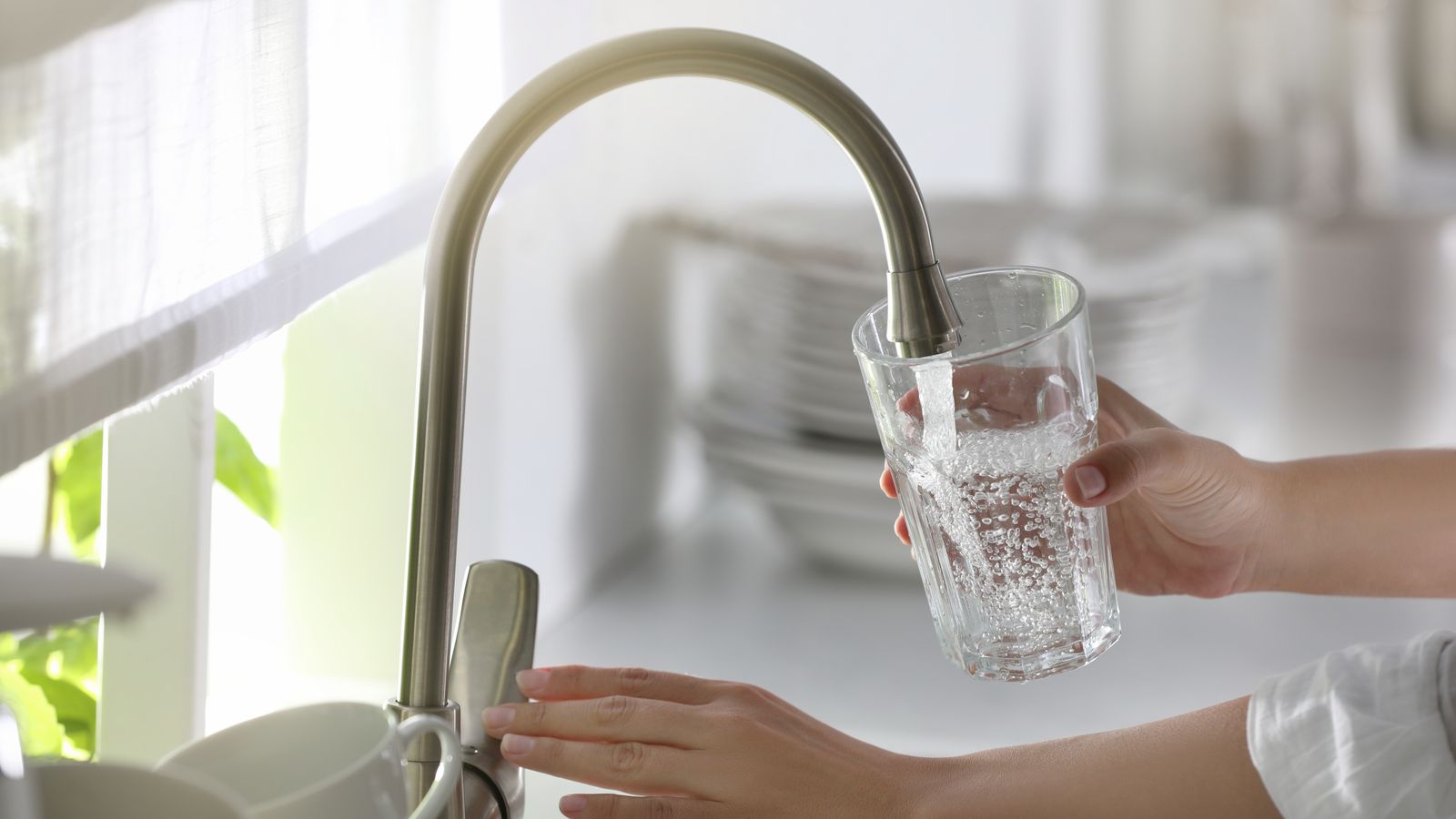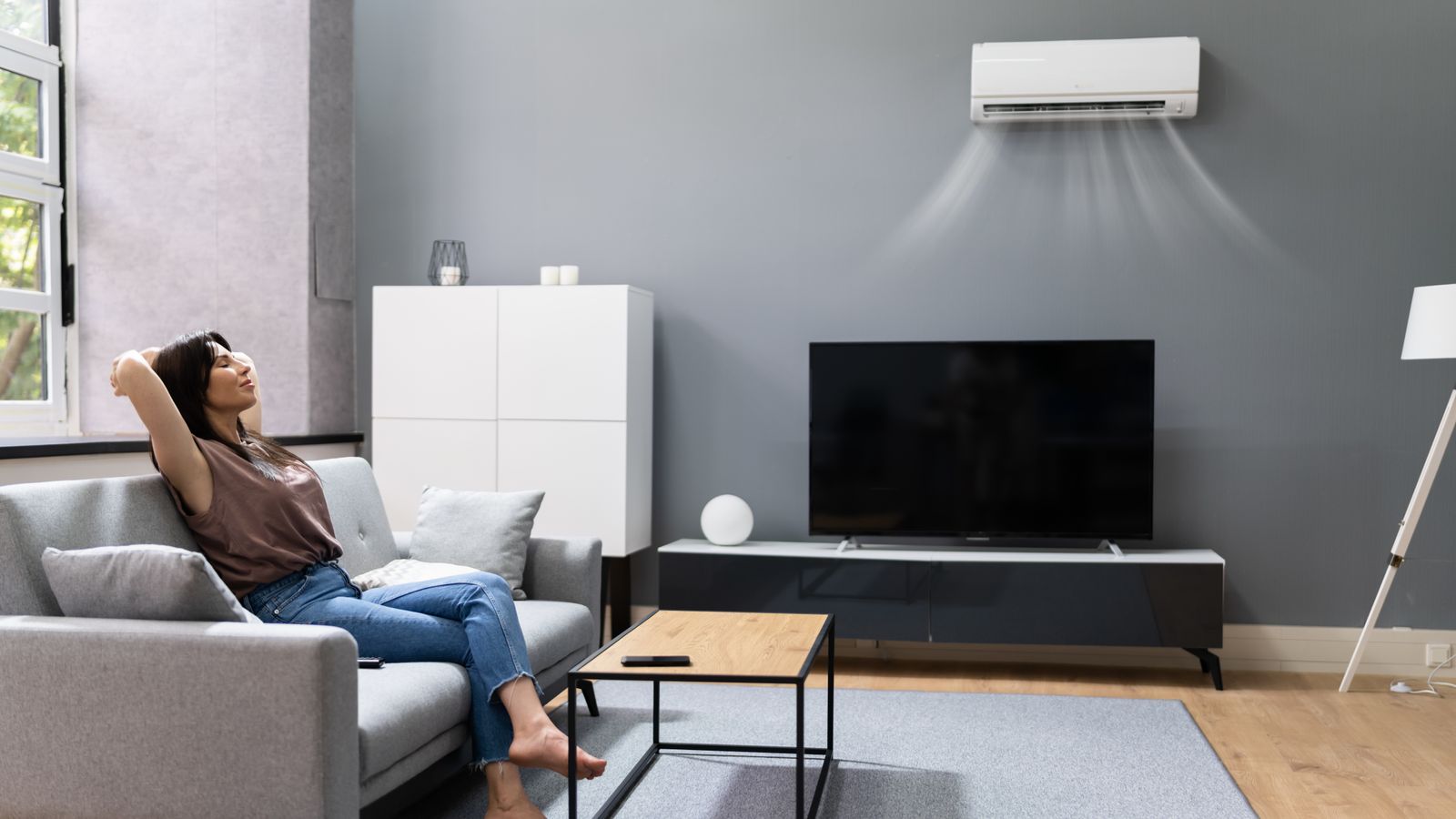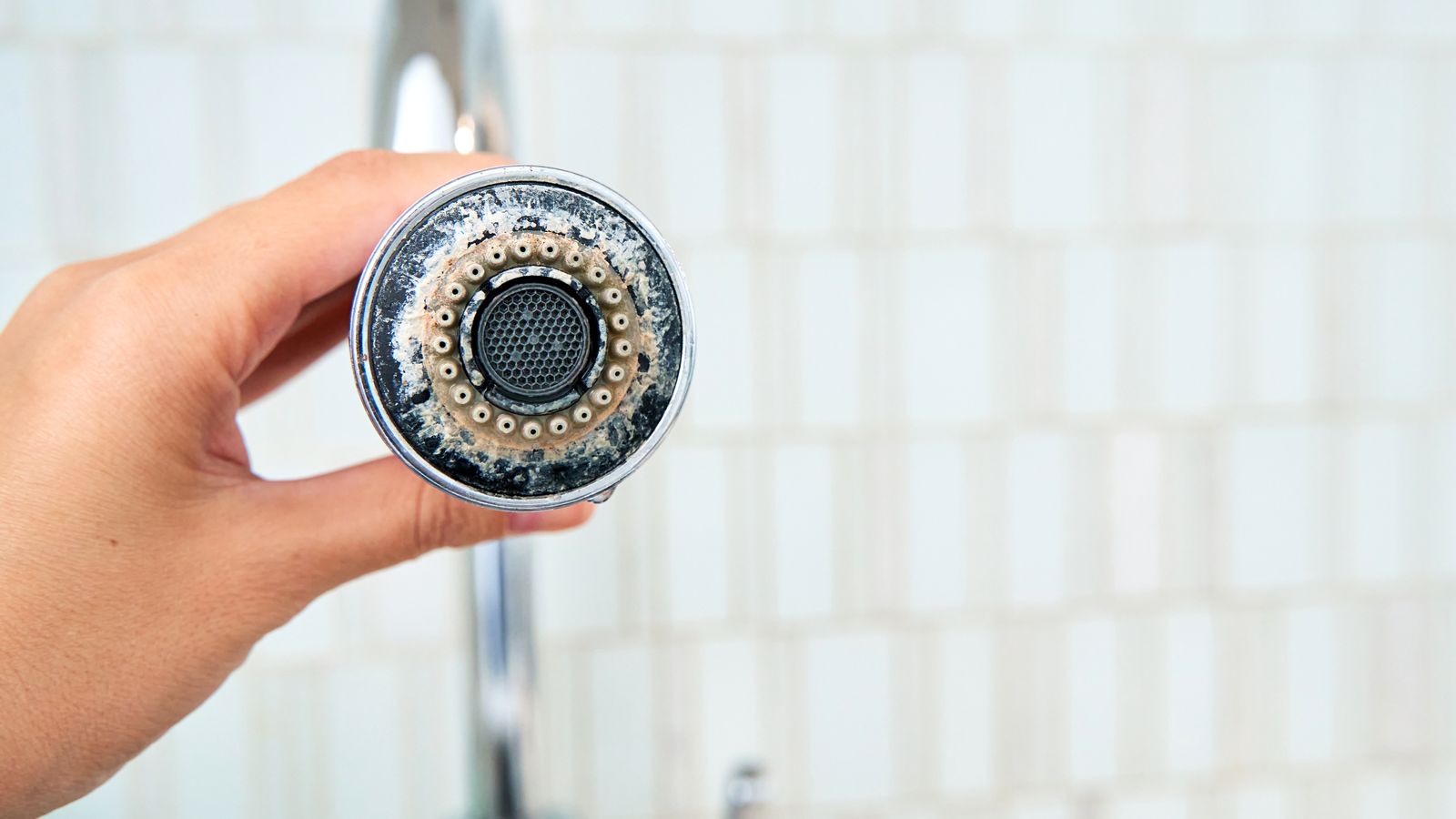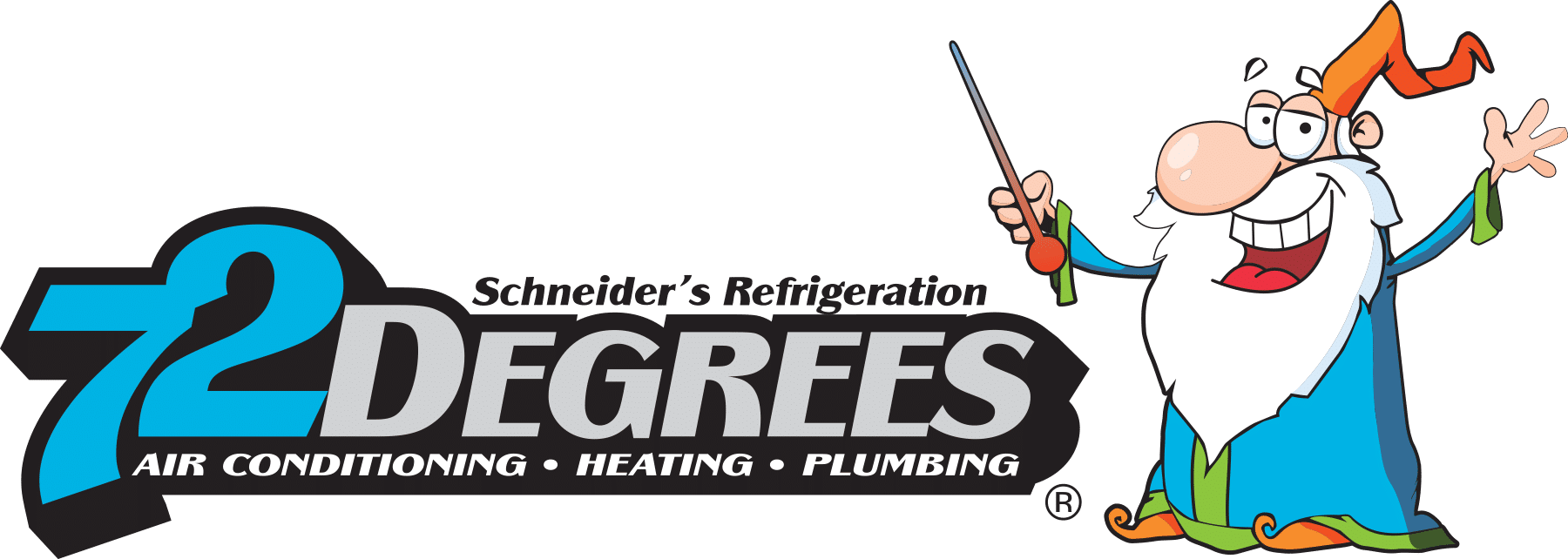Texas weather is anything but predictable—scorching summers, sudden cold snaps, and everything in between. Keeping your home at the right temperature shouldn’t be a struggle or a drain on your energy bills. If you’re looking for an efficient way to heat and cool your home year-round, you’ve probably come across mini splits and heat pumps. Both offer energy-saving benefits, but choosing the right one can feel overwhelming.
At 72 Degrees Air Conditioning, Heating, and Plumbing, we help homeowners in the Texas Hill Country find the best heating and cooling solutions for their homes. Whether you’re weighing the pros and cons of a mini split vs. heat pump, our team is here to make the decision easier. Let’s break down the differences so you can invest in a system that fits your home, budget, and the unpredictable Texas climate.
What Is a Heat Pump?
A heat pump is a versatile system that can heat and cool your home. Unlike traditional systems that generate heat or cold air, a heat pump works by transferring heat. During the winter, it draws heat from the outside air—even when it’s cold—and moves it indoors. In the summer, the system reverses, pulling heat out of your home and releasing it outside to keep your space cool.
Two main types of heat pumps are available: air-source and ground-source. Air-source heat pumps are the most common, using the air around your home to regulate temperature. Ground-source heat pumps, also called geothermal systems, rely on the earth’s stable temperature. While geothermal systems are very efficient, they often involve higher upfront costs and more complex installation.
How Heat Pumps Work in Homes
Heat pumps are ideal for homes with existing ducted HVAC systems. These systems rely on a network of ducts to circulate air, making them a great option for homes already equipped with ductwork. If your home has central air conditioning, a heat pump can often be added to the setup, offering a complete solution for year-round climate control.
Benefits of Heat Pumps
Heat pumps stand out for their energy efficiency, which can lead to lower utility bills. Instead of generating heat, they transfer it, using less energy than traditional systems. They’re also more environmentally friendly, producing fewer greenhouse gas emissions compared to systems that rely on fossil fuels.
Another benefit is the ability to maintain consistent temperatures throughout the entire house. Unlike systems that focus on specific areas, heat pumps deliver uniform comfort, making them a reliable choice for families who prefer steady temperatures in every room.
What Is a Mini Split System?
A mini split system, also known as a ductless mini split, offers precise temperature control for specific rooms or zones. It consists of an outdoor compressor unit and one or more indoor air handlers. The indoor units are mounted directly in the rooms they serve and connect to the outdoor unit through a small conduit.
What makes mini splits unique is the lack of ductwork. They deliver air directly into the room where the indoor unit is installed, making them a flexible solution for homes without existing ducts or for spaces like additions, garages, or workshops.
Mini Splits and Heat Pump Technology
Modern mini splits use heat pump technology, allowing them to both heat and cool spaces. Originally designed as a ductless alternative to window air conditioners, mini splits have evolved into efficient systems that provide comfort throughout the year.
By combining heat pump technology with targeted room control, mini splits offer efficiency and flexibility. This combination makes them a popular choice for homeowners needing a system tailored to specific areas.
Advantages of Mini Splits
Mini splits are known for their energy efficiency and often outperform traditional heat pumps. Without ducts, they avoid energy loss caused by leaks, which can account for a significant percentage of energy consumption. This makes them a smart option for those looking to save energy.
Another key advantage is zone control. Each indoor unit operates independently, letting you set different temperatures for different rooms. For example, you can keep your bedroom cool while warming up the living room. This level of customization is especially helpful for homes without ductwork or for those avoiding the cost and hassle of installing ducts.
Key Differences Between Heat Pumps and Mini Splits
Ducted vs. Ductless Systems
The biggest difference between heat pumps and mini splits is how they distribute air. Heat pumps work with ducted systems, using a network of ducts to circulate air. Mini splits skip the ductwork entirely, delivering air directly into specific rooms. This makes mini splits a practical choice for spaces where installing ducts isn’t possible or convenient.
Zone Heating and Cooling
Mini splits excel at providing zone-specific heating and cooling. Each indoor unit serves a specific area, allowing precise temperature control. Heat pumps, on the other hand, offer consistent temperatures across the entire house. If you need flexibility for different areas, mini splits might be the better option.
Efficiency Considerations
Mini splits are often more efficient than traditional heat pumps, largely due to the lack of ductwork, which eliminates energy loss. However, factors like your home’s design, insulation, and how you use the system play a role in overall efficiency. A professional assessment can help you determine which system works best for your home.
Installation and Cost
Installing a heat pump typically requires ductwork, which can add to the cost if your home doesn’t already have ducts. Mini splits are easier to install, but costs can increase if multiple indoor units are needed for larger homes. Both systems, however, offer long-term energy savings, making them a worthwhile investment.
Which System Is Right for Your Home?
Assessing Your Home’s Needs
Choosing between a heat pump and a mini split starts with evaluating your home’s specific requirements. Think about factors like your existing setup, the size and layout of your home, and your personal preferences. A professional consultation can help clarify the best choice for your situation.
Climate Considerations in Texas
The Texas Hill Country’s weather plays a big role in selecting the right system. Heat pumps perform well in moderate climates, while mini splits provide targeted comfort for specific areas that may need extra attention. Both systems can handle the Texas heat, but your home’s needs will determine the better fit.
Long-Term Savings and Comfort
Both heat pumps and mini splits offer energy-efficient solutions that lower utility bills over time. Mini splits are perfect for homeowners who value zoned heating and cooling, while heat pumps are ideal for whole-home comfort. Picking the right system can enhance your home’s comfort and help you save money for years.
Trust the Wizards of Comfort at 72 Degrees Texas
Trust the Wizards of Comfort at 72 Degrees Texas
Finding the right heating and cooling system can feel like a big decision, especially when you want something that’s efficient, reliable, and built to last. If you’re weighing the pros and cons of a mini split vs. heat pump, you don’t have to figure it out alone.
At 72 Degrees Texas, we help homeowners choose the best system for their space—whether that means a ductless mini split for targeted comfort or a heat pump for whole-home efficiency. With years of experience serving the Texas Hill Country, we understand what works in this climate and what doesn’t. From expert advice to professional installation, we make the process simple and stress-free.
Schedule your consultation today! Have more questions? Call 72 Degrees now (830) 468-5316.









